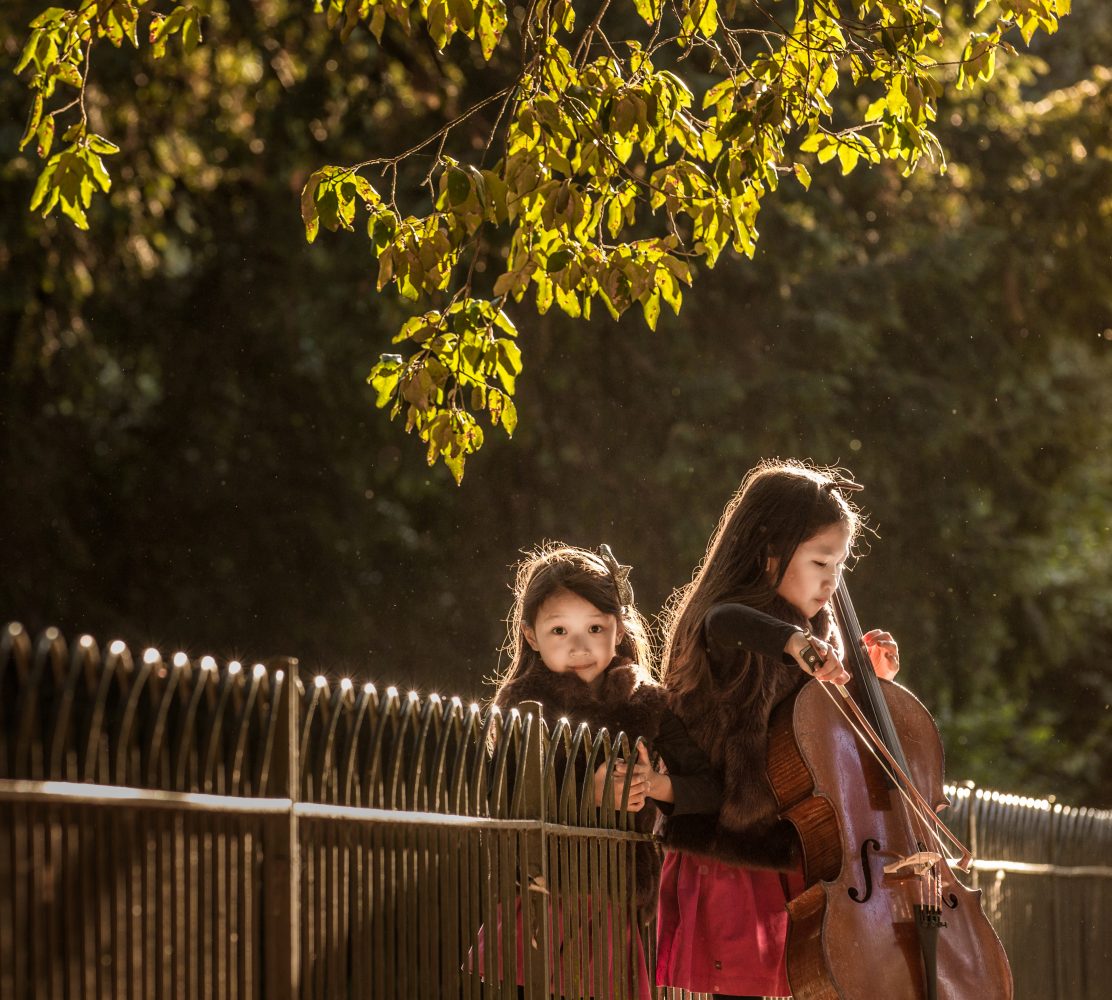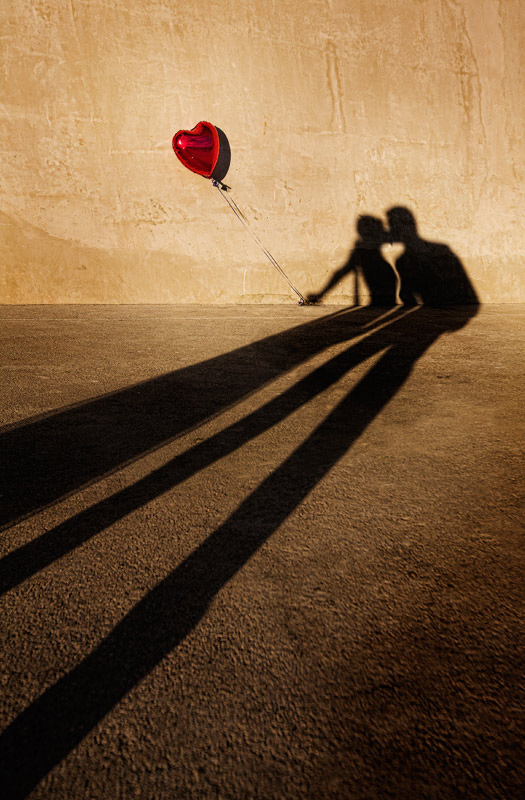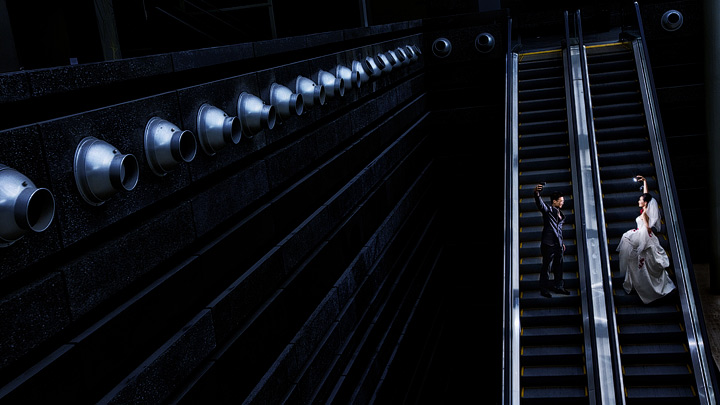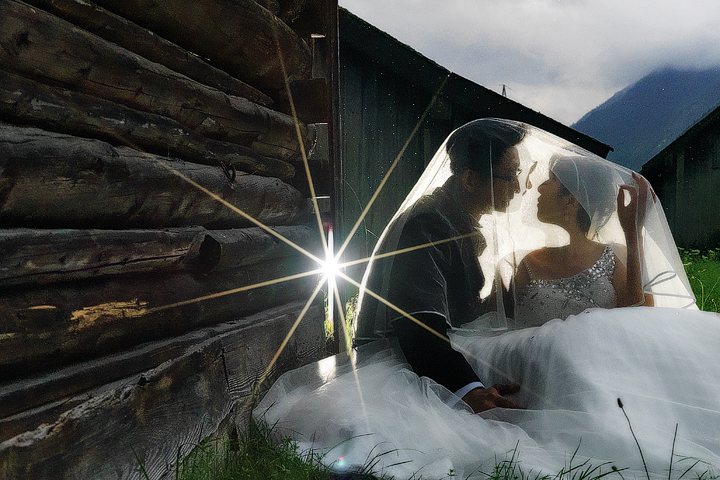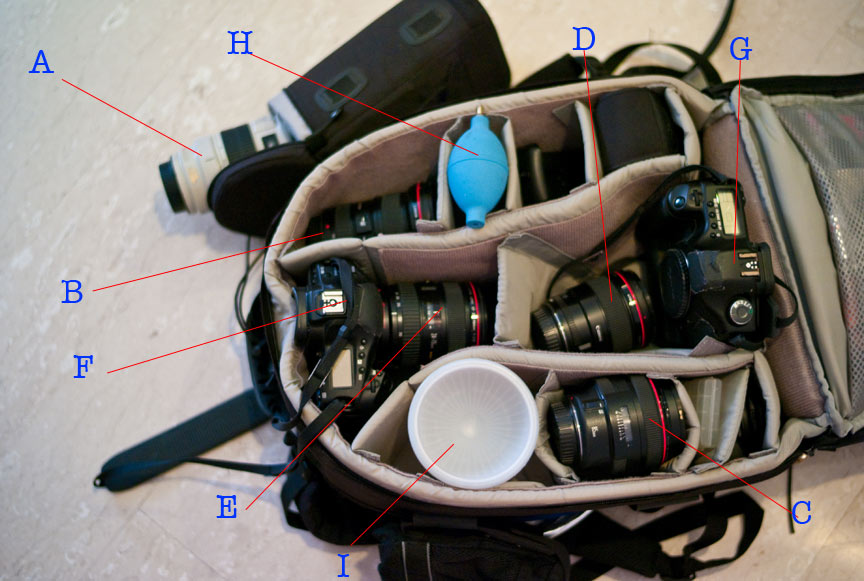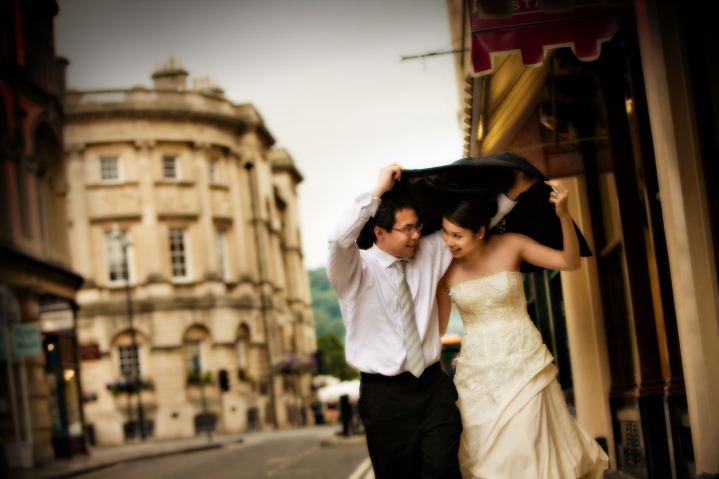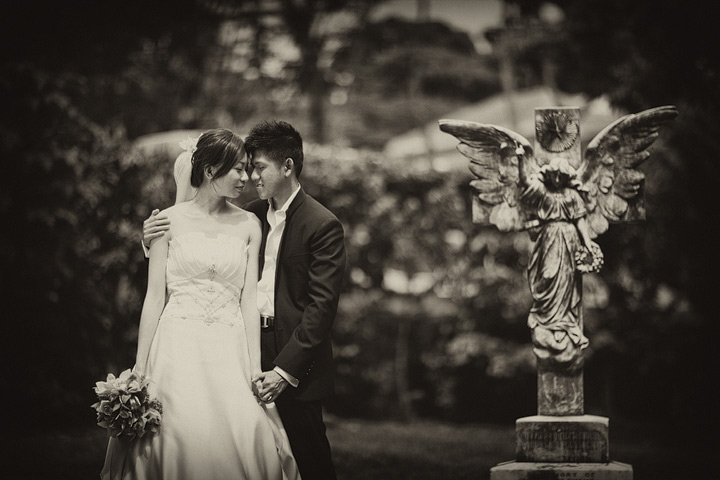I have been procrastinating about digital medium format for the past 1.5 years and the easiest excuse to cool the urge of getting one such system is to tell myself that these mammoth machines are just overkill for wedding. As what many wedding photographers I’ve spoken to have said “Clients can’t tell anyway whether it’s 35mm or medium format”.
And then, came the invitation to attend a seminar that I should and shouldn’t have attended – the Hasselblad product launch held at Shriro Singapore. The highlight of the event is the latest H4D range of digital medium format cameras and the H4D-40 simply caught my attention because of superb image quality that it can produce. 40 megapixels of goodness.
To me, all these stats means nothing to me until I get to try it for myself. And the kind folks from Shriro Singapore, who is the distributer for Hasselblad product in Singapore and Malaysia loaned me a set to try out for my upcoming assignment. No obligations to buy if I don’t like it.
Seok Kuan & Charles were more than happy to be our lab rats for this. The initial scepticism was that it ain’t goint to work because 1) like most medium format cameras, you can’t handhold it unless you’re using strobes 2) Files are huge, it’ll slow you down, kill your computer system later, flood your harddisks, tadi tadi tadi tadi… Well, I bit the bullet anyway, and so long I have the good old Canon 1Ds mark III, what could possibly go wrong?
People are pretty much contented with what they have, until they’ve touch something that’s a lot better. I did the assignment with the Canon DSLR on parallel with the Hasselblad H4D-40 and these are some of the images from the mammoth machine…
[nggallery id=18]
Dynamic range is the biggest jump in terms of image quality when compared to the files from the 35mm DSLR – I get really nice tonal graduation especially in the highlights. What amazes me is the amount of details I can recover from the highlights and shadows when required and if I’m to apply the same processing technique to a 35mm file, I would probably see the details breaking up or looking a little ‘powdery”. The colors is something that even my clients can tell the difference straight off because of the richness and depth.
Noteworthy is the quality of the Hasselblad lenses. Again, I’m not going to go into sharpness because that’s a very fundamental quality of most modern lenses anyway. I tested the 80mm (used 10%) and 28mm (used 90%) and the 28mm is one of the best wide angle glass i”ve used so far. Distortion is very well controlled , corner to corner sharpness which I could never get on the canon 16-35mm II; best part is, the flare control is 2nd to none as you can see from one of the veil images that was shot against a strong backlight.
Having said all that, I’m going to be honest here about the limitations of the camera. However, if you take the effort to work around it, it will do its job wonderfully. Think of 35mm as a Chef knife and medium format as a parring knife. A chef knife is going to be able to do 90% of the things you required, but if you require the finese, you’ll need a parring knife for that, which is going to be a lot harder and slower to use in comparison. Going medium format WILL slow you down, don’t expect to do 10 frames-per-sec-and-pray-one-frame-got-it ; for one, each raw files (and they only have raw setting, no jpeg small, medium or large) is a whooping 54Mb in file size and opens up to 141Mb in uncompressed TIFF or PSD format. Now that’s for 8-bit files and if you’re to do 16-bit, just multiply that by 2. I did a 16bit TIFF file that turned out to about 3Gb per image by the time I put in all my adjustment layers and all. No way can I spray and pray with this camera, it’s about getting the shot right there. Every shot just have to be on the money or you’re going to be wasting a lot of time and resources culling those unwanted files.
Another reason why you can’t spray and pray would be the battery life of these cameras. Each battery costs USD$228 from B&H photo or SGD$400+ if you purchase it locally. Each full charge gives you about 200 exposures before it completely drained off. In comparison, I have shot 1700 frames from the Canon 1Ds mark III and still left with 15% battery life, in other words, never have I ever completely drained a battery since I bought the camera in 2008!
What you see on screen really does do much justice to the image. The prints made from it are simply stunning – loads of details at 20×30 print. It’s not just how sharp the images are at this enlargement factor, it’s how smooth and crisp the details are at this point of ‘torturing’ the image. It’s like comparing a Ferrari and Subaru WRX, no doubt the latter can go hit 180 km/hr, the car engine would probably be choking and trembling by then as compared to a Ferrari that can drive at that speed pretty effortlessly. Digital medium format is a completely different class altogether and I’m pretty sure it won’t be just a tool for commercial and fashion photographers only. Back to this thing about medium format being overkill, well, if a fashion photographer can shoot with digital backs for editorial spreads that are A3 size max, what more wedding photographers who are doing much bigger prints like 24×12″ for our albums or 30×45″ for our canvases?
Lastly, I would like to say a big thank you to Lawrence from Shriro Singapore for loaning us the equipment for the photoshoot. I’m sure many people who are reading this will be itching to get their hands on a set to test drive soon 🙂
Coming up next… Side by side comparison Hasselblad Vs Canon 35mm
